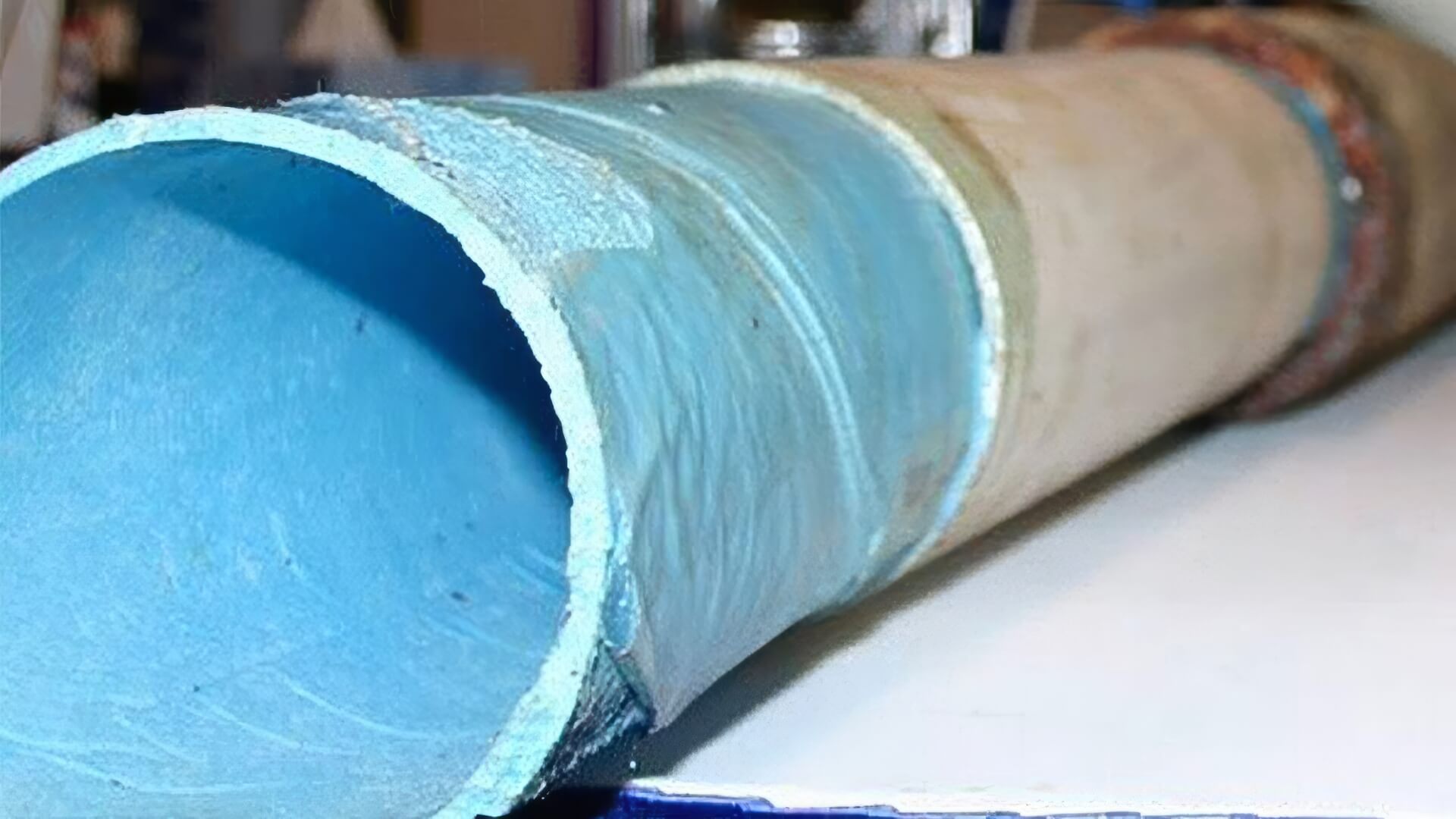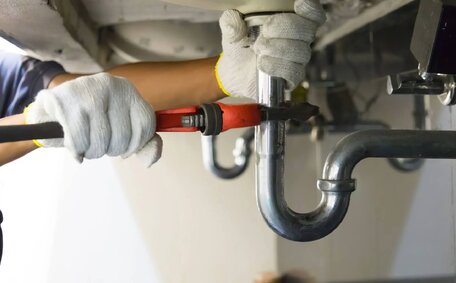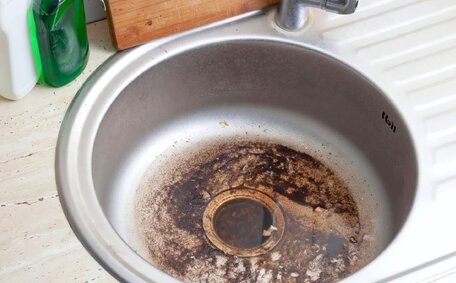Introduction: Fast Pipe Relining Solutions
When pipes become damaged due to age, roots, or other issues, pipe relining offers a swift and effective repair solution without the mess and disruption of pipe replacement. Pipe relining is the process of coating the inside of damaged pipes with an epoxy resin to essentially create a 'pipe within a pipe’ that restores function and flow.
The speed of pipe relining is one of its major advantages. Rather than digging trenches or breaking through walls and floors to access pipes, pipe relining is done from the inside of the pipe without destruction. This means repairs can often be completed in just one day with minimal interference to homes or businesses.
This article will outline the pipe relining process and provide tips on working with the fastest and most reputable pipe relining companies to get optimal turnaround times. We’ll cover what to expect during a typical pipe relining project so you understand the efficiency of this trenchless method.
Understanding Pipe Relining and Its Advantages
Pipe relining is a trenchless method of repairing damaged pipes without the need for excavation. It involves inserting a resin-saturated fabric tube into the damaged pipe and inflating it to fit tightly against the pipe walls. The resin then cures, creating a smooth new pipe lining within the old pipe.
There are several key advantages of pipe relining:
- Minimal excavation - Unlike pipe replacement, there is no need to dig trenches or break up floors and walls to access pipes. Small access points are cut instead.
- Cost-effective - Pipe relining costs a fraction compared to full replacement.
- Speed - Pipe relining can usually be completed in just one day with no major demolition required.
- Versatility - Suitable for a wide range of pipe materials like cast iron, copper, PVC, concrete, and clay.
- Longevity - Cured epoxy resins are extremely durable with an expected 50+ year lifespan.
- Environmentally friendly - Far less waste produced compared to pipe replacement.
With faster turnaround plus reduced mess and disruption, pipe relining enables homes and businesses to get their plumbing restored quickly and resume normal function.
Common Pipe Issues Requiring Relining
There are several common pipe problems that indicate pipe relining is required:
- Rusting & corrosion - This causes leaks and flow restrictions. Relining offers a structural repair.
- Cracks & holes - Compromise pipe integrity requiring relining to seal leaks.
- Root intrusion - Trees roots infiltrating and obstructing pipes need to be treated.
- Build-up & blockages - Hard water scale, grease, and soap buildup causes drainage issues that relining can resolve.
In scenarios with persistent leaks, backups, blocked drains, visible cracks/damage, and roots in pipes, relining presents an efficient, long-lasting repair approach to restore pipes without the major work of replacing them.
How Pipe Relining Compares to Full Replacement
When assessing pipe repair options, it’s useful to compare pipe relining to full replacement. Replacing pipes is highly disruptive, expensive, and time-consuming. It requires breaking open walls/floors to access pipes, excavating trenches, removing old pipes and installing new ones, then rebuilding.
In contrast, pipe relining is a trenchless method done through small access points with little destruction. On average, full pipe replacement costs $150-$500 per linear foot and takes 2-5 days.
Pipe relining averages just $50-$100 per linear foot installed in 1 day or less - 60-85% cheaper than replacement with 75% faster turnaround.
Beyond dramatic differences in cost and timeline, both methods offer long-term functionality. Replacement pipes last around 50 years on average. Similarly, advanced epoxy resins used for pipe relining are extremely durable for 50+ years.
So in terms of longevity, pipe relining achieves equivalent lifespan to new pipes in a fraction of the time at a fraction of the price. Its efficiency makes it the fastest and most cost-effective option for restoring pipe function and flow when issues arise.
Step-by-Step Guide to the Fastest Pipe Relining Process
When speed and efficiency are paramount for pipe repairs, understanding the fastest pipe relining process is key. Pipe relining can typically be completed in one day or less when working with an experienced, reputable company.
Here is a step-by-step overview of the fastest pipe relining process:
- Inspection & measurement - Thorough pipe inspection using a remote camera determines repair needs and dimensions for the relining materials.
- Access points - Small access openings are strategically cut into the damaged pipe.
- Cleaning & preparation - The pipe interior is cleaned and prepared for the resin-saturated liner.
- Liner installation - The fabric liner coated with epoxy resin is inserted into the pipe and inflated to fit tightly.
- Curing & finishing - Once inflated, the resin cures, bonds and hardens to form the new pipe surface, after which access points are sealed.
When performed by a skilled professional plumbing company, this sequence can transform even severely damaged pipes into fully functional, restored conduits within a single day.
Inspection and Preparation
The pipe relining process starts with a thorough inspection using a remote CCTV camera. The camera is fed through the full length of damaged pipes to identify problem areas and determine the exact length, diameter, joints, and connections.
Precision measurements from the video inspection allow materials for the relining to be custom-fabricated to suit each unique pipe system. This eliminates guesswork and means relining materials are ready to precisely fit pipes right away when installation occurs.
measurements, the video inspection pinpoints specific damaged sections that require repair. This allows the preparation work of cleaning and surface abrasion to be focused only on problem areas rather than entire pipe lengths. A high-pressure water jet will scour aged pipe walls before abrasive tools roughen surfaces to assist resin adhesion.
By tailoring preparation to each pipe’s needs, relining can proceed rapidly without time wasted on unnecessary work. Thorough inspection therefore paves the way for the fastest and most targeted pipe relining process.
Cleaning and Clearing the Pipe
In the quest for swift and successful pipe relining, thorough cleaning is indispensable. Employing a hydro-jetter, skilled professionals blast high-pressure water through the pipe, effectively dislodging and removing any debris, buildup, or obstructions that might hinder the relining process or compromise the integrity of the repair.
The hydro-jetter’s powerful water stream scours the pipe’s interior, ensuring a pristine surface for the epoxy resin to adhere to. The hydro-jetter’s powerful water stream scours the pipe’s interior, ensuring a pristine surface for the epoxy resin to adhere to. The hydro-jetter’s powerful water stream scours the pipe’s interior, ensuring a pristine surface for the epoxy resin to adhere to.
Utilising a hydro-jetter for cleaning offers multiple advantages. Second, it is environmentally friendly, relying solely on water pressure rather than harsh chemicals.
First, it is incredibly efficient, often completing the cleaning process in a fraction of the time required by traditional methods. Lastly, its precision allows for targeted cleaning, ensuring that every nook and cranny of the pipe is thoroughly cleaned without causing unnecessary damage or disruption.
Installing the Pipe Liner
With pipes fully inspected, measured, and cleaned, the custom-fabricated liner can be swiftly installed. The process begins by wetting the liner with epoxy resin then inserting it into the access point.
inversion process is often used for fastest results. Compressed air rapidly inverts the liner so the resin-coated side faces the pipe interior. The liner inflates until it presses tightly against pipe walls.
A clean, prepped pipe surface allows the resin to penetrate damaged areas and bonds securely. Additional resin may be added through another access point to saturate any dry spots and ensure thorough coverage.
Pressure is maintained during the curing stage, which hardens the resin into a smooth, seamless new pipe lining after just a few hours.
In skilled hands utilising quality materials, pipe liners can be installed rapidly in just half a day in most residential settings. This makes pipe relining an incredibly swift and efficient alternative to full pipe replacement requiring extensive demolition and rebuild work.
Curing the Pipe Lining
Curing is a critical final step to complete the pipe relining process. Specialist resins are used which react to either ambient temperature, hot water, steam or UV light to cure and harden, bonding to form a smooth, seamless pipe lining.
Hot water or steam methods offer the fastest cure times, with full hardening taking only 2-3 hours on average. Hot water curing involves flooding the installed liner with 90°C water to accelerate resin activation. Similarly, steam curing injects pressurised steam to rapidly speed up hardening.
While ambient temperature curing takes longer at 8-12 hours typically, UV light curing is the most efficient approach. Here, a special UV light train is passed through the pipe liner to initiate rapid curing in just 30-60 minutes.
So for the fastest pipe relining turnaround, UV light-curable resin systems enable dramatic time savings. But regardless of the curing method used, the installed liner will be fully hardened in less than a day, transforming even severely compromised pipes into long-lasting functional assets.
Reinstating Junctions and Inspection Points
After curing is complete, the final step is to reinstate any junctions or inspection points that were removed during installation. Small access openings will need to be cut in the new pipe lining to reestablish connections to adjoining pipes or segments.
This is efficiently achieved using a robotic cutter that precision cuts the liner under CCTV camera guidance.
The operator monitors a live video feed to ensure junctions are aligned accurately for a smooth transfer of flow between pipes. Any debris is then cleared and the connection points are sealed using special sealing collars that integrate the liner with the adjoining pipework.
For lateral connections and inspection openings, short liner pieces matching the pipe diameter are inserted and resin-saturated to seal off those access points. These sections are swiftly cured using the same method as the main liner.
With all junctions and access points reinstated, the pipe relining process concludes, delivering a fully restored pipe system optimised for performance, longevity and efficiency.
The Role of Technology in Quick Pipe Rehabilitation
Technology has transformed the pipe relining industry, enabling much faster "cured-in-place pipe" rehabilitation. From remote CCTV pipe inspection to custom-fabricated liners and advanced resin curing methods, innovations continue to enhance efficiency.
CCTV cameras provide detailed visibility for precise measurements, assessing damage, and planning the relining process. This meticulous inspection means materials and procedures can be tailored to each unique pipe scenario for rapid repairs.
Meanwhile, advanced resin systems with rapid steam, hot water or UV light curing capacities allow relining to be completed in a single day in most cases. Reinforced liner materials also have greater strength while remaining flexible for tight fitment.
Remote-controlled robotic cutters swiftly reestablish pipe connections with precision after relining. They epitomise the "trenchless pipe repair" approach that avoids excavations through small access points instead.
With relining able to rehabilitate pipes in place in 24 hours or less, the latest technology plays a key role in driving these major time savings while delivering durable, long-term pipe renewal.
Durability and Longevity of Relined Pipes
One of the biggest advantages of pipe relining is the exceptional durability and longevity it provides to repaired pipes. Top-grade epoxy resins used in the process are engineered for maximum strength, flexibility, and corrosion resistance.
Once cured, the seamless epoxy lining bonds securely to pipes, restoring structural stability and providing effective sealing against leaks and infiltration. It also protects pipe interiors against future scale buildup, rust, and deterioration.
On average, relined pipes have an expected service life of 50+ years due to the resilience of cured epoxy liners. This matches or even exceeds the lifespan of new pipe systems. So homeowners and businesses can count on a long-term solution when opting for trenchless pipe relining instead of full replacement.
The durability and longevity of relined pipes stem from advanced epoxy technology as well as the minimally invasive process. Avoiding excavation or destruction to access pipes means existing infrastructure stays structurally intact. Pipe relining simply renews the flow channel from the inside out.
In the end, pipe relining offers a swift yet enduring pipe repair. There are no compromises - just restored pipes primed to safely and efficiently convey water or waste for decades to come.
Choosing a Reliable Pipe Relining Service
When selecting a pipe relining company, there are a few key factors to consider to ensure a swift, high-quality result:
- Experience - Choose an established company with extensive expertise in pipe relining across diverse projects.
- Methods & materials - Ask about the processes, equipment and liner systems used. Advanced technology and materials enable faster relining.
- Warranties - Well-backed warranties demonstrate confidence in application quality and lasting repairs.
- Responsiveness - Rapid response times, flexible scheduling and efficient onsite work underpin the fastest service.
Companies displaying experience with the latest trenchless pipe rehab technology, rigorous training standards for technicians, and warranty packages covering 10 years or more on liner materials can likely deliver an elite pipe relining service with reliable speed and results.
Kareela Plumbing: Your Trusted Pipe Relining Experts
When it comes to swift and effective pipe relining in Sydney’s Sutherland Shire, Kareela Plumbing leads the way. With over 25 years serving homeowners and businesses in the Kareela area and surrounds, we are your trusted experts for trenchless pipe repair and rehabilitation.
Our family-owned company stays at the forefront of pipe relining technology to deliver rapid repairs with minimal disruption to properties. We use advanced CCTV pipe inspection equipment along with custom-fitted pipe liners and rapid-setting epoxy resins to restore damaged pipes within a single day.
Kareela Plumbing handles all aspects of residential and commercial pipe relining for ultimate convenience. Contact us on 1300 349 338 or jobs@kareelaplumbingservices.com.au to book your pipe relining assessment. With our streamlined approach, we’ll have your pipes renewed and operational again in no time.






